Bengal F1 F2 F3 F4 Cat Full Explanation
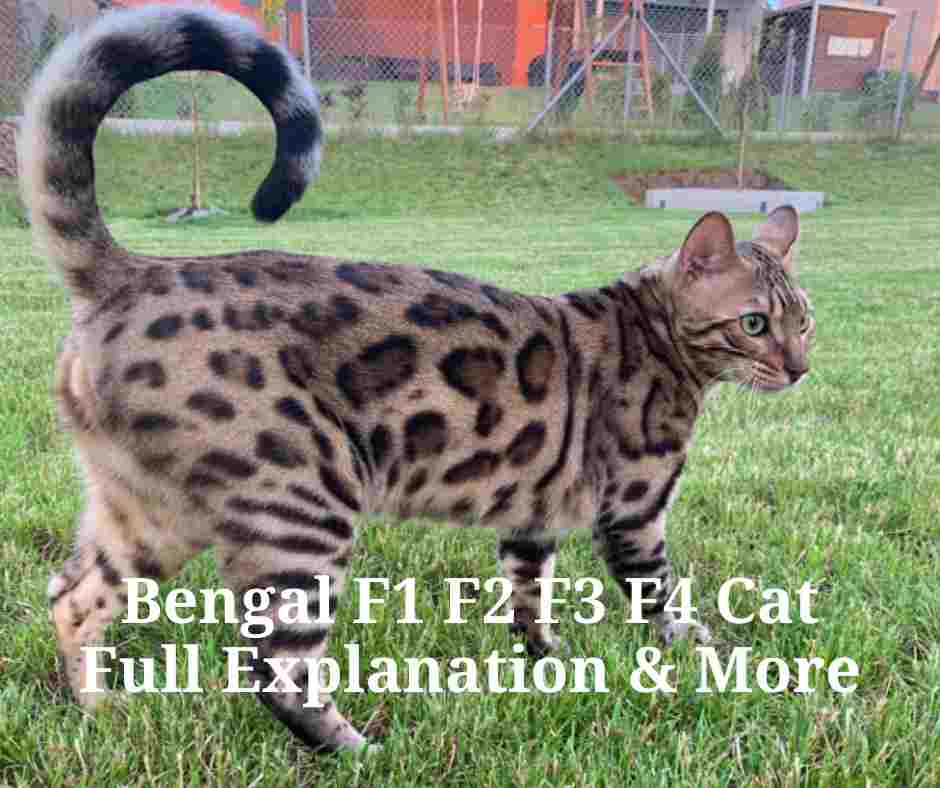
As a Bengal cat owner, what do you know about the Bengal F1 F2 F3 F4 generation, I guess you don’t know much.
After reading this post, you should be able to differentiate between all the generations of Bengal cats.
I made have a deep research on the generations of Bengal cats and came up with this simple explanation of the Bengal cat.
Bengal cats are growing in popularity even though they have been banned in some states, however, I still remain a big fan.
I will do my best to keep things as simple as possible, so let’s rock and roll!!!
Brief history of Bengal cat
The Bengal cat is a hybrid breed of domestic cat. It is a cross between an Asian Leopard Cat and a domestic shorthair.
Although the Bengal cat is not yet recognized by any major cat fancier organization, it has gained popularity as an accepted color category in large North American registries such as The International Cat Association (TICA).
Bengals are often referred to as “the dog of the cat world” for their high energy level, intelligence, and need for attention.
They are high-maintenance pets that need lots of stimulation to thrive.
The contemporary Bengal’s inventor, Jean Mill, was previously involved in conservation efforts aimed at conserving the Asian leopard cat breed.
Poachers who sold their pelts into the fur trade had long targeted this lovely species.
The fur trade may go away if individuals could have their own personal replica of this charming cat, Jean Mill thought.
The Bengal breed as we know it today began when a prominent cat breeder mated a black domestic tomcat with an Asian leopard cat in 1963.
Bengals were wild and rowdy before Mill’s intensive breeding efforts, making them unsuitable as home pets.
Jean Mill raised Bengals beyond the F4 generation, making them more docile and sociable, and he was an outspoken supporter of the breed.
Bengals were originally recognized as a breed by the International Cat Association (TICA) in 1983.
Bengal cats earned championship status shortly after, in 1991, allowing owners to exhibit Bengals professionally.
Bengals swiftly gained popularity, and they are now over 1,500 Bengal breeders worldwide as of 2021.
Bengal F1 F2 F3 F4 Cat Full Explanation
Bengal Cats’ F ratings indicate the generation they belong to.
In such instance, the first kitten of an Asian Leopard Cat and a domestic cat will be an F1 Bengal cat, and so on.
It also includes information about their conduct and overall demeanor prior to adoption, as well as information on breeding.
The cat in issue must be at least an F4 to be a TICA (The International Cat Association) recognized domestic Bengal.
That isn’t to say that any cat in the F1-F3 category isn’t a Bengal cat.
This only indicates that they aren’t as genetically domesticated as their F4 and above cousins.
Male Bengals from F1 to F3 are likewise infertile, which means they can’t have kittens.
This means that only female F1-F3 Bengals are capable of reproduction.
Let’s now get into the break-down of each generation of Bengal cat
F1 Bengal cat
An F1 Bengal is a Bengal cat that has been bred from a domestic tomcat and an Asian leopard cat.
This indicates she’ll be a rather wild creature with a lot of energy.
Given their close resemblance to their Asian leopard cat mother, an F1 Bengal is also the most costly.
F1 Bengal cat temperaments
The F1 Bengal cat is known to be bold and extremely energetic and has a wild temperament.
The F1 Bengal cat is not for an inexperienced cat owner because they require lots of exercises and obedient training.
F1 Bengal cats are banned in so many states that you hardly see any of them.
They can attack their owner’s feet when they need your attention, and you are not paying attention.
From my research, the F1 Bengal cats are the best domestic hunting cat for keeping rodents away from your property.
They are not as bad as people say they are, but they definitely require too much care and attention, or they may run away.
F1 Bengal cat breeding
The F1 Bengal cat is the result of a meticulous cross-breeding of a domestic shorthair cat with an Asian Leopard cat.
F1 Bengal cat kittens, which are costly and difficult to come by, because they are a final outcome.
The percentages from the crossing of an Asian Leopard Cat (ALC) with any cat Domestic cat is demonstrated as below:
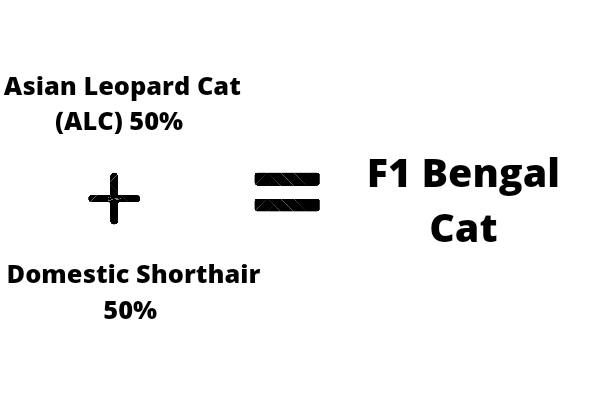
This means that after breeding the F1 Bengal cat, the result should be 50% traced to Asian Leopard Cat (ALC) and 50% traced to the Domestic Cat.
Only then can you say you have an F1 Bengal cat which is not regarded as a purebred Bengal cat.
The F1 Bengal cat produced at this point can be denoted as ALC x F1 = 75% F1.
This means that the F1 Bengal cat produced is 75% away from a purebred Bengal cat. Note that the lower the % the closer it will be to a purebred.
F1 Bengal cat price
On average, a healthy F1 Bengal cat irrespective of the breeder’s price or your location will be sold for around $2,000 to $10,000 USD, which makes them the most expensive of the generation.
F1 Bengal cat size
Due to the Asian Leopard Cat’s average weight of 13 to 15 pounds, an F1 Bengal cat will be around the same size as a large domestic cat. The more % of ALC in a Bengal, the closer it will be to an ALC’s weight and height.
F2 Bengal cat
F2 Bengals are significantly extra docile than earlier generations, but any new owner will have a long learning curve.
Most F2 owners claim that their Bengal behaves more like a dog than a cat.
An F2 Bengal is a one-of-a-kind pet that enjoys playing the fetching game all day long.
F2 Bengal cat temperaments
The F2 Bengal cat is noted for being brave, active, and having a crazy personality.
In comparison to what most people are used to, they are also louder, attentive, clever, and agile.
Because they demand a lot of exercise and diligent training, the F2 Bengal cat is not suitable for inexperienced cat owners.
F2 Bengal cats are illegal in so many places that they are hard to come by.
When they require your attention and you are not paying attention, they may attack their owner’s foot.
F2 Bengal cats, according to my study, are the finest domestic hunting cats for keeping rodents away from your home.
They aren’t as awful as people make them out to be, but they do require a lot of care and attention, otherwise, they may flee.
F2 Bengal cat breeding
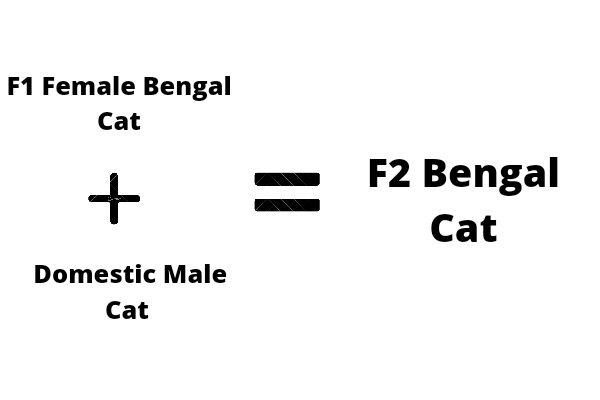
An F2 Bengal is a litter of kittens produced by mating a female F1 (half ALC and half domestic cat) with a male domestic cat to generate one quarter (1/4) ALC and three quarters (3/4) domestic cat.
F2 Bengal kittens are the name given to these kittens.
A female F1 Bengal cat and a male Bengal cat cross produce F2 Bengal cat kittens.
The end outcome will be an F2 Bengal cat, which is still uncommon and costly.
This stage of breeding is often denoted as F2 = 25%, which means the F2 kitten still has 25% of the ALC gene.
F2 Bengal cat price
A healthy F2 Bengal cat will cost between $1,800 and $5,000 USD, depending on the breeder’s pricing and your region, making them the second less costly of the generation.
Despite having less ALC in their DNA, F2s still have all of the beautiful characteristics that people adore about this breed.
They may contain less ALC, implying a cheaper price, but there are other things to consider when determining the price of an F2 Bengal.
F2 Bengal cat size
An F2 male will still weigh between 12 and 15 pounds while a female will weigh between 8 and 12 pounds.
F3 Bengal cat
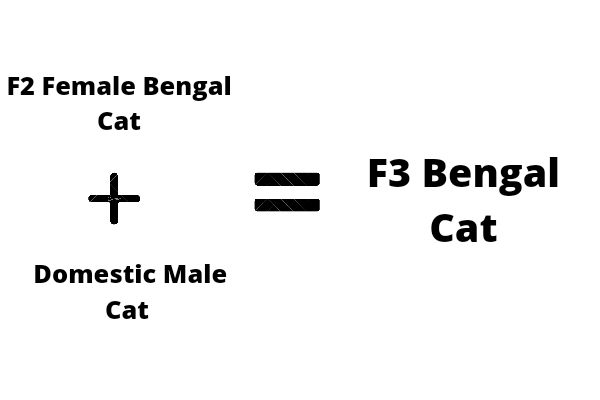
Bengals of the third generation are far more like normal household cats than earlier generations.
F3 Bengals take on more features of their domestic heritage while keeping their distinctive looks since they are further distant from Asian leopard cats.
F3 Bengal breeding
A female F2 Bengal cat must be mated with a male Bengal cat to produce F3 Bengal cat kittens. This cross will result in a Bengal cat of the F3 generation.
Breeding at this stage is denoted as F3 = 12.5%, which means the F3 Bengal still have about 12 5% of ALC genes.
F3 Bengal cat price
A healthy F1 Bengal cat will cost between $1,600 and $5,000 USD, depending on the breeder’s fee and your region, making them the third less costly of the generation.
F3 Bengal cat temperament
The F3 Bengal cat is noted for being brave, active, and having a crazy personality.
Because they demand a lot of exercise and diligent training, the F3 Bengal cat is not suitable for inexperienced cat owners.
F3 Bengal cats are illegal in so many places that they are hard to come by.
When they require your attention, and you are not paying attention, they may attack their owner’s foot.
F3 Bengal cats, according to my study, are the finest domestic hunting cats for keeping rodents away from your home.
They aren’t as awful as people make them out to be, but they do require a lot of care and attention, otherwise, they may run away.
F3 Bengal cat size
Bengals are about the same size as normal house cats, weighing between ten and fifteen pounds for males and eight to ten pounds for females. Although this is above normal, some males can weigh as much as twenty pounds.
F4 Bengal cat
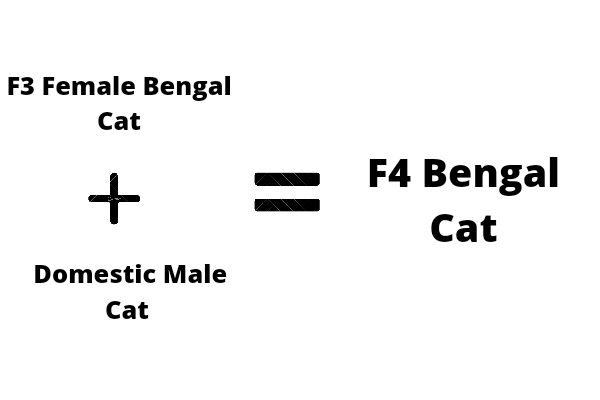
From generation F4 forward, Bengals are classed as SBT (stud book tradition).
F4 Bengals make excellent house pets since they are just one-sixth of Asian leopard cats.
This is especially true for people who are hesitant to buy a Bengal.
F4 Bengal cat temperaments
Here is some common f4 Bengal cat:
- F4 Bengal cats are social
- F4 Bengal cats are active
- F4 Bengal cats are vocal
- F4 Bengal cats are curious
- F4 Bengal cats are intelligent
Until a kitten has reached the fourth generation, it is then regarded as a purebred Bengal cat.
Read more about what affects the price of a Bengal cat.
Bengal SBT
Bengal SBT is a well-known Bengal kitten that can be found at exhibitions and in various catteries throughout the world.
SBT is descended from the Amur Leopard Cat (ALC), however, it has been absent for at least four generations.
Bengal SBT is a “pure” Bengal kitten, having at least three generations of purebred Bengal cats and no mixing of wild cat blood in these three generations.

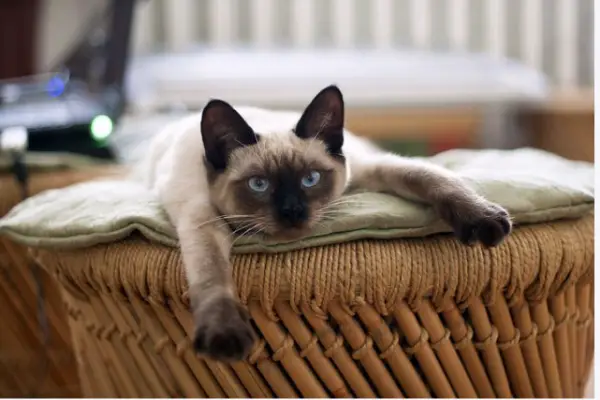


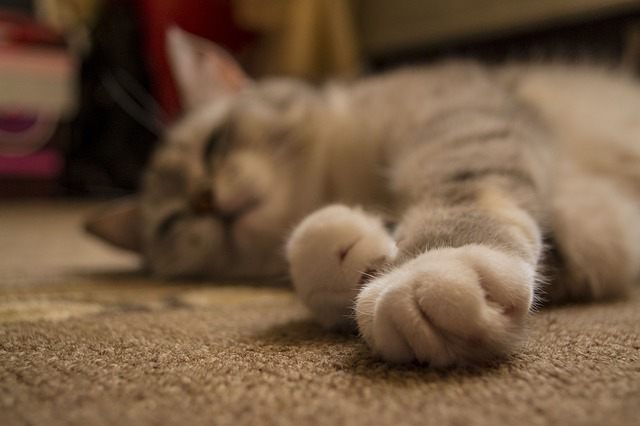
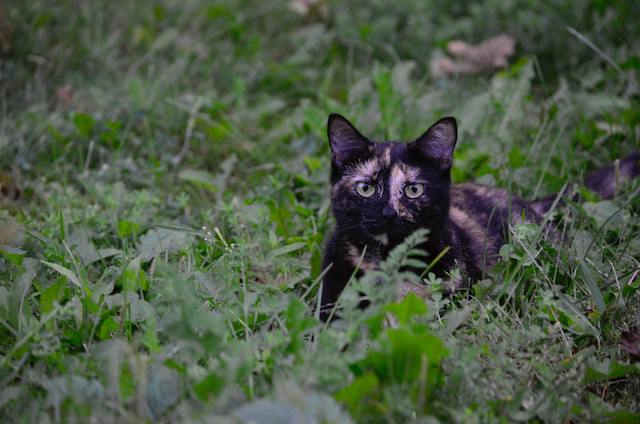
![Do Cats Need To Go Outside [Pros & Cons] Do Cats Need To Go Outside](https://petcreeks.com/wp-content/uploads/2021/08/Do-Cats-Need-To-Go-Outside-768x644.jpg)